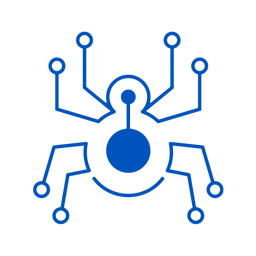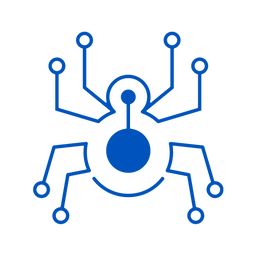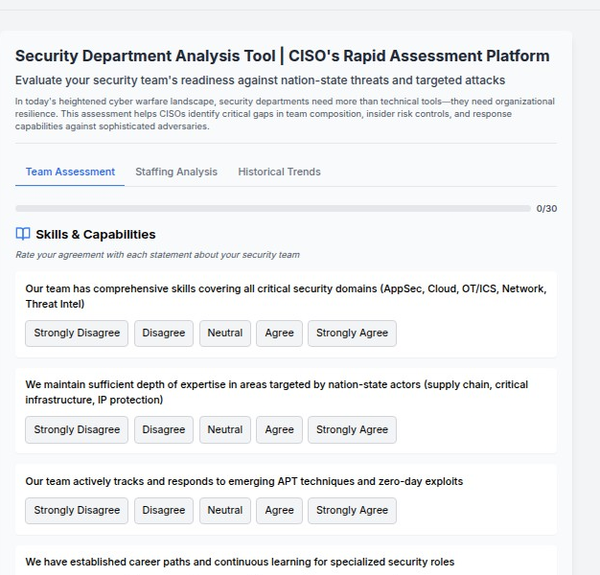Navigating the AI Frontier: A CISO's Perspective on Securing Generative AI
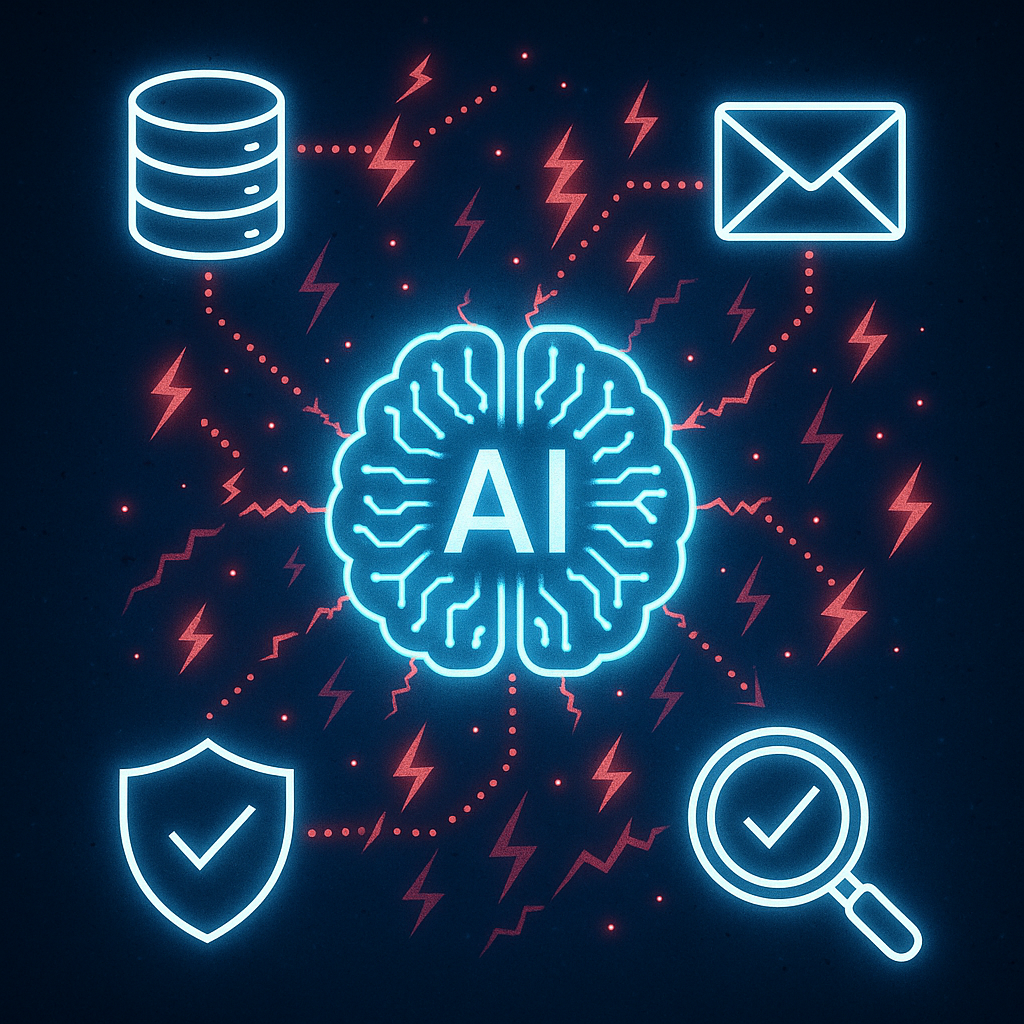
As CISOs, we are tasked with safeguarding our organizations against an ever-evolving threat landscape. The rapid emergence and widespread adoption of Generative AI, particularly Large Language Models (LLMs) and integrated systems like Microsoft 365 Copilot, represent both incredible opportunities and significant new security challenges that demand our immediate attention and strategic response. These technologies, with their ability to generate novel content and their vast data requirements, fundamentally change the attack surface we need to defend. While traditional security practices remain relevant, they are often insufficient on their own when dealing with the unique characteristics and vulnerabilities of AI systems.
The introduction of AI models into applications amplifies existing security risks and introduces entirely new ones. We're seeing a shift from attacks solely targeting the core model to those exploiting end-to-end systems that integrate LLMs with other components like tools, databases, and external data sources. Securing this integrated infrastructure is of paramount importance.
One of the most prominent vulnerabilities we encounter is Prompt Injection. This occurs when malicious input text can alter the behavior of a generative AI model, leading it to perform unintended or unauthorized actions. Simple direct prompts can bypass safety policies to elicit harmful content, but the threat extends to more insidious forms like Indirect Prompt Injection. This is particularly concerning in systems leveraging Retrieval Augmented Generation (RAG) architectures, where the AI model retrieves information from external data sources to formulate responses. As highlighted in a recent red teaming exercise, an attacker could craft malicious content within an email ingested by a RAG system like Microsoft 365 Copilot. A cunning prompt injection within that email could then override the system's intended behavior, leading it to retrieve and prioritize the attacker's information, and even manipulate how the source (citations) is presented to the user, making malicious content appear legitimate. This specific attack successfully employed techniques mapped to MITRE ATLAS, including "Gather RAG-Indexed Targets," "LLM Prompt Injection: Indirect," and "LLM Trusted Output Components Manipulation: Citations". Such attacks underscore how RAG architectures, despite their benefits, introduce distinct security concerns that require specific security measures. Other attack methods include data poisoning, where training data is manipulated, and evasion attacks. We must also be mindful that while initial defenses might thwart single-turn attacks, determined adversaries may employ multi-turn strategies to gradually steer the model towards harmful outputs.

Given this complex landscape, a purely defensive stance is inadequate. We must complement our defensive efforts with proactive, offensive security testing, also known as AI Red Teaming. Red teaming involves proactively attacking AI systems to identify vulnerabilities before they are released or while they are in operation. Microsoft's experience red teaming over 100 GenAI products demonstrates the value of this approach in identifying security gaps and a broad range of safety and security risks.
Our red teaming methodology must be systematic. It starts with a deep understanding of the target AI system's configuration, including the LLM (whether commercial, open-source, or in-house) and all interconnected components like databases and plugins. We need to define the scope, considering access points (internal vs. external attackers) and the type of testing (black-box simulating an external attacker vs. white-box with internal knowledge). Critically, red teaming must consider the full spectrum of AI Safety evaluation perspectives beyond just technical security, including controlling toxic output, preventing misinformation, ensuring fairness, addressing high-risk use, privacy protection, and robustness.
Developing risk scenarios involves identifying information assets to protect and brainstorming potential attacks based on system configuration, usage patterns, and domain-specific knowledge, often involving collaboration across information system, information security, and risk management departments. Attack scenarios then detail the specific methods, environments, and access points an attacker might use to exploit identified risks, considering how to bypass existing defense mechanisms. We should leverage resources like the OWASP Top 10 for LLM Applications to inform our scenario development. Ideally, initial red teaming should be conducted before the release of the AI system to allow for timely remediation. However, this is not a one-time activity; the threat landscape evolves continuously.
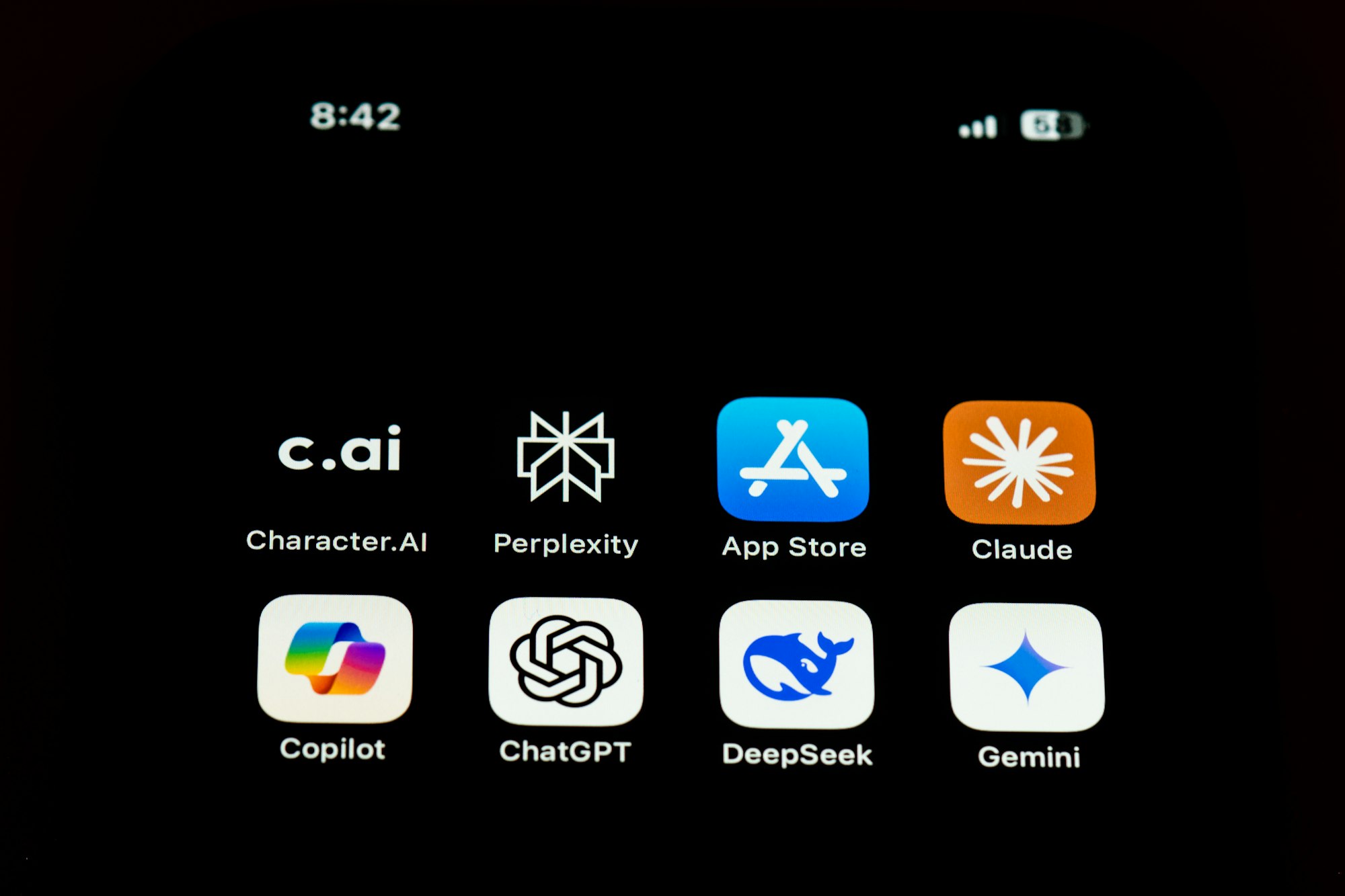
To mitigate the identified vulnerabilities, we must deploy a layered defense strategy. This includes:
- Robust Development Practices: Embedding trust, privacy, and safety policies into the development lifecycle and employing multi-disciplinary teams [Previous conversation based on source]. This includes carefully crafting system prompts and implementing guardrails to guide the LLM's behavior.
- Filtering Mechanisms: Utilizing input filters to block malicious prompts before they reach the LLM and output filters to detect and block harmful content generated by the model. Other LLMs can even be used for censorship or attack detection.
- Model Training and Alignment: Incorporating safety mechanisms through training, such as Reinforcement Learning from Human Feedback (RLHF), to make models more resistant to undesirable outputs [Previous conversation based on source]. Adversarial training can also help against specific attack types [Previous conversation based on source].
- System Security Measures: Implementing technical controls like Generative AI Guardrails, AI Telemetry Logging, Application Isolation and Sandboxing, Exploit Protection, and Privileged Account Management [Previous conversation based on source, 125]. For RAG architectures, specific threat modelling and security measures are necessary.
- Post-Deployment Monitoring: Continuously monitoring the system for signs of improper use or attack attempts [Previous conversation based on source]. Operational monitoring can detect abnormal behavior or malicious data submissions [Previous conversation based on source].
- Addressing Specific Risks: Implementing strategies tailored to attack types, such as data sanitation against poisoning, rate limits or privacy techniques against model extraction, and data anonymization against inference attacks [Previous conversation based on source].
- Continuous Improvement: Engaging in break-fix cycles based on red teaming findings [Previous conversation based on source]. Developing improvement plans involves discussing findings with relevant teams (information security, risk management) and implementing remedial measures [Previous conversation based on source]. Using multiple countermeasures in a defense in depth approach is crucial, as no single measure guarantees prevention [Previous conversation based on source].
Securing AI systems is an ongoing commitment. The techniques used by malicious actors are constantly evolving, requiring continuous adaptation and refinement of our defenses. As CISOs, we must champion AI red teaming, integrate AI security into our overall cybersecurity strategy, and foster collaboration across technical, legal, and ethical domains to build truly resilient AI systems. Standardizing our practices and sharing lessons learned will be vital as we collectively navigate this new frontier.


